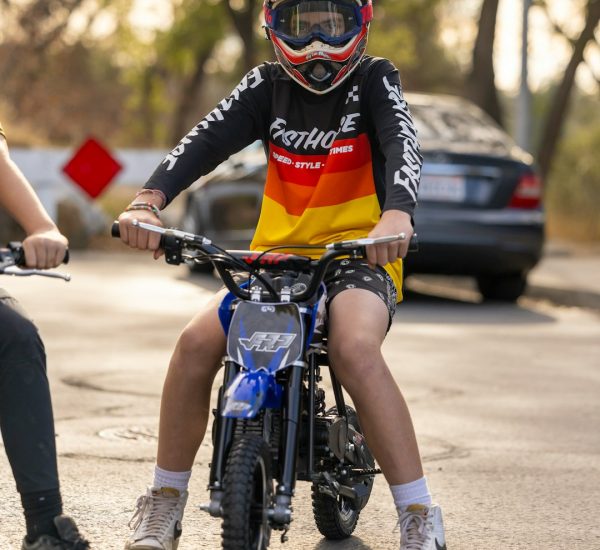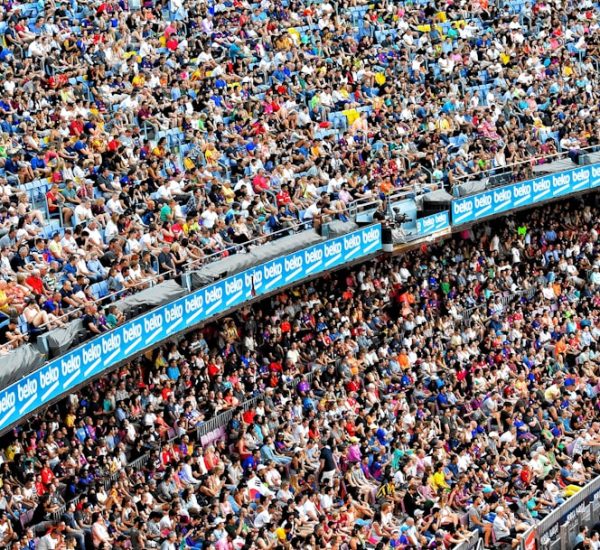In movies and video games, street racing is often portrayed as thrilling, rebellious, and full of adrenaline. The glowing engines, roaring exhausts, and screeching tires paint an enticing picture for car lovers and speed enthusiasts. However, what may seem like exciting entertainment on screen is a real danger off-screen. In reality, street racing is not only illegal but extremely hazardous — leading to serious consequences for drivers, passengers, and innocent bystanders alike.
TL;DR
Street racing may appear exciting but it’s illegal and poses serious threats to public safety. Participants risk severe legal penalties, vehicle damage, and personal injury. It’s also responsible for numerous accidents, often leading to catastrophic loss of life and property. Legal racing alternatives exist and should be pursued instead of endangering lives on public roads.
What Is Street Racing?
Street racing refers to unauthorized, high-speed racing between vehicles on public roads. It usually lacks safety measures, proper planning, and often takes place without the knowledge or consent of local authorities. The drivers involved challenge each other in spontaneous or organized competition, often with the goal of showing off their cars or driving skills.
Street racing can take several forms, including:
- Drag racing: short-distance racing focused on acceleration.
- Circuit racing: longer races through street circuits with multiple turns.
- Highway racing: racing on expressways with top speeds, often happening overnight.
Participants are often young drivers with a desire for thrill, peer approval, or social media fame. Unfortunately, these motivations blind them to the immediate and long-term consequences of their actions.
Why Is Street Racing Illegal?
There are several valid and critical reasons why street racing is prohibited by law:
1. It Endangers Public Safety
Street racing occurs on public roads not designed for high-speed competition. Normal traffic, pedestrians, and even animals can unexpectedly enter the racing path. This creates an unpredictable and deadly environment. A miscalculation or split-second distraction can result in a high-speed crash involving multiple vehicles and innocent people.
The National Highway Traffic Safety Administration (NHTSA) reports that illegal street racing contributes significantly to crashes and road fatalities each year. The faster the cars go, the greater the damage during collisions.
2. Lack of Safety Measures
Unlike sanctioned racing events, street races are not supported with barricades, medical staff, fire safety equipment, or vehicle inspections. If a car malfunctions or crashes at 100+ mph, there’s no safety team to react instantly.
In professional racing, tracks are designed to absorb impact and allow space to safely decelerate. Public streets are full of poles, curbs, pedestrians, and parked vehicles that can cause catastrophic damage on impact.
3. Disregard for Traffic Laws
Street racers often run red lights, ignore speed limits, drive against traffic, and occupy multiple lanes. These actions not only break numerous traffic laws but create imminent hazards for other drivers trying to commute safely. This chaos can lead to pile-ups, T-bone collisions, and high-speed rollovers.
4. Noise Pollution and Community Disturbance
Street racing often includes vehicles with modified exhausts that are extremely loud. These noises disrupt residential areas, especially late at night. The screeching tires, revving engines, and loud music not only scare residents but contribute to calls to law enforcement and local government complaints.

The Dangers of Street Racing
1. Fatal Accidents
Speed is one of the most significant contributors to fatal car crashes. According to NHTSA, speeding-related crashes claimed over 11,000 lives in a single year. When street racing at high speeds, the smallest error—like misjudging a turn—can send a car flying into trees, walls, or other vehicles.
Passengers are equally at risk, especially if they aren’t wearing seatbelts or the vehicle lacks proper restraint systems. Many documented cases involve young adults losing their lives as passengers in a friend’s race.
2. Injuries and Disabilities
Those who survive street racing crashes often suffer life-altering injuries. This includes broken bones, head trauma, spinal injuries, and amputations. Recovery is long, painful, and expensive. Many individuals are left permanently disabled and unable to work or live the life they once had.
3. Legal Consequences
Street racing is a criminal offense in most states and countries. After being caught, racers can expect to face:
- Hefty fines and towing fees.
- Suspension or revocation of driver’s license.
- Criminal charges leading to jail time.
- Felony charges for causing death or injury.
In some jurisdictions, cars used in illegal racing can be seized and auctioned off. A single bad decision can ruin your chances of future employment, education opportunities, and clean criminal record.
4. Insurance and Financial Damage
Insurance does not cover damages caused by illegal activities. This means if you crash your car or damage someone else’s property while racing, you’ll pay for everything out of pocket. Moreover, being arrested for street racing will likely lead to astronomical increases in your insurance premiums — if any provider even agrees to insure you again.
How Street Racing Affects Innocent People
One of the most heartbreaking aspects of street racing is that many victims are not involved at all. Pedestrians crossing the road, cyclists, or families out for a drive can suddenly be caught in the path of a reckless racer. The randomness of these incidents adds to the tragedy.
Many families have lost loved ones or faced serious trauma due to someone else’s reckless desire to race. Beyond the physical damage, they must deal with emotional and legal aftermath for years to come.

Street Racing vs. Legal Racing
If someone is passionate about speed and motorsport, there are responsible and legal ways to pursue that passion. Authorized racetracks offer controlled environments with registered races, trained safety personnel, and high standards for both driver and vehicle safety.
Participating in legal racing has several benefits:
- Access to professional coaching and events.
- A community of like-minded enthusiasts.
- Opportunities to improve and compete legally.
- Peace of mind knowing you’re not putting lives at risk.
Car clubs and motorsport associations often organize track days and amateur competitions for all skill levels. These options let drivers experience the thrill without breaking the law or endangering others.
Conclusion
Street racing may give off an appearance of speed, skill, and status, but in practice, it is nothing more than a dangerous crime with fatal consequences. Its illegality is not arbitrary — it’s the result of countless innocent lives disrupted or lost for the sake of temporary thrill. Whether you’re a car enthusiast or a casual driver, it’s essential to understand that public roads are not designed for racing and never will be.
If you’re truly passionate about cars and speed, take it to the track, not the streets.



